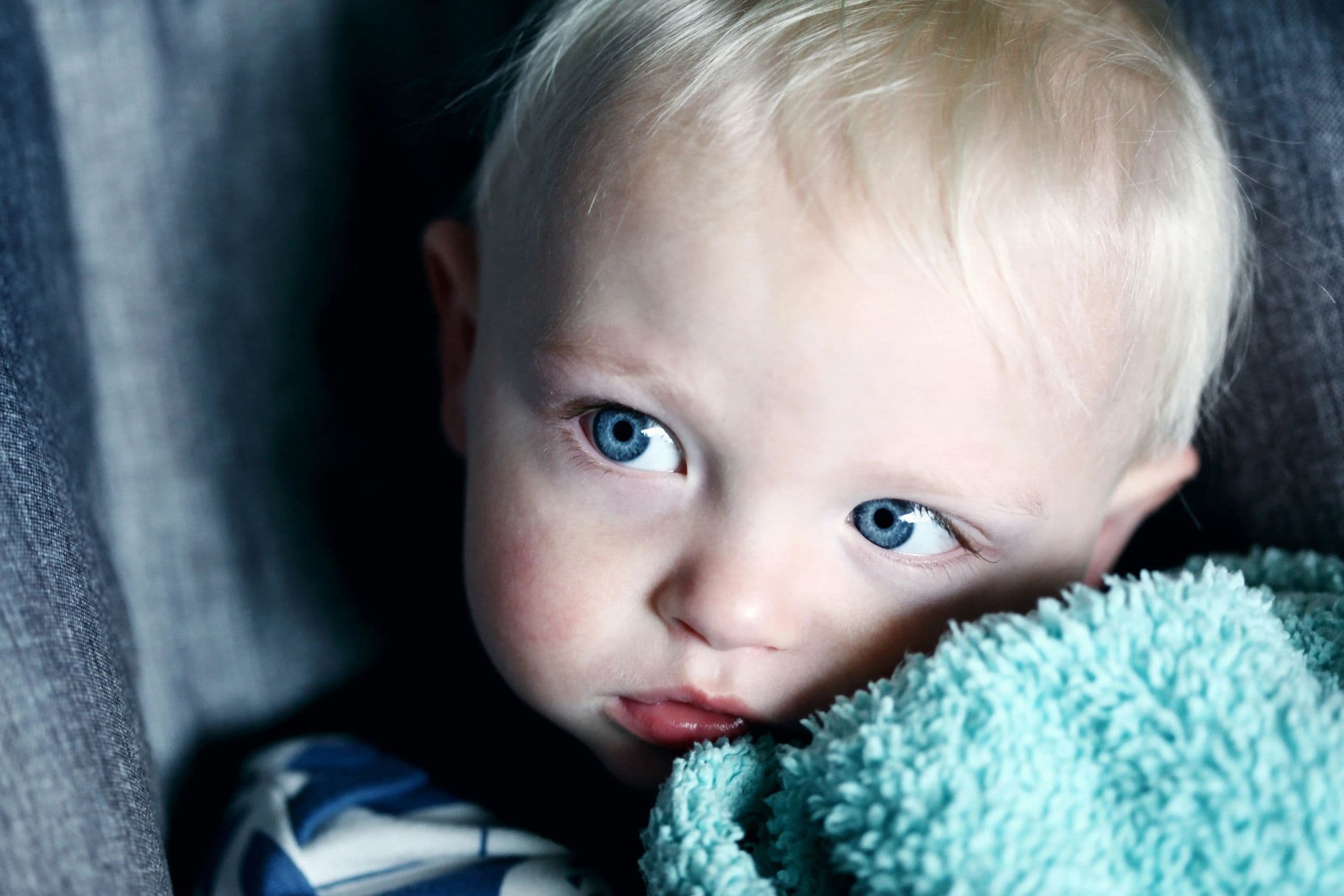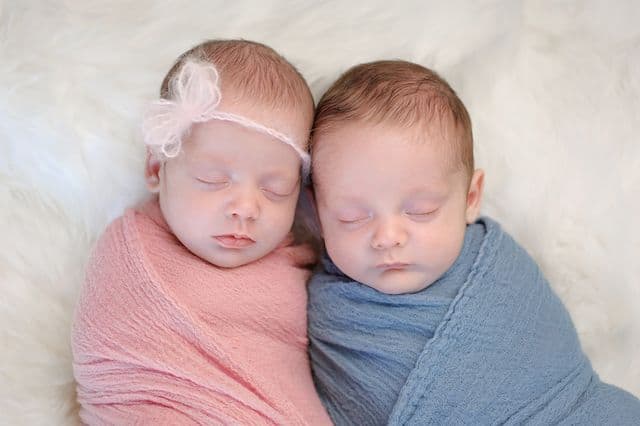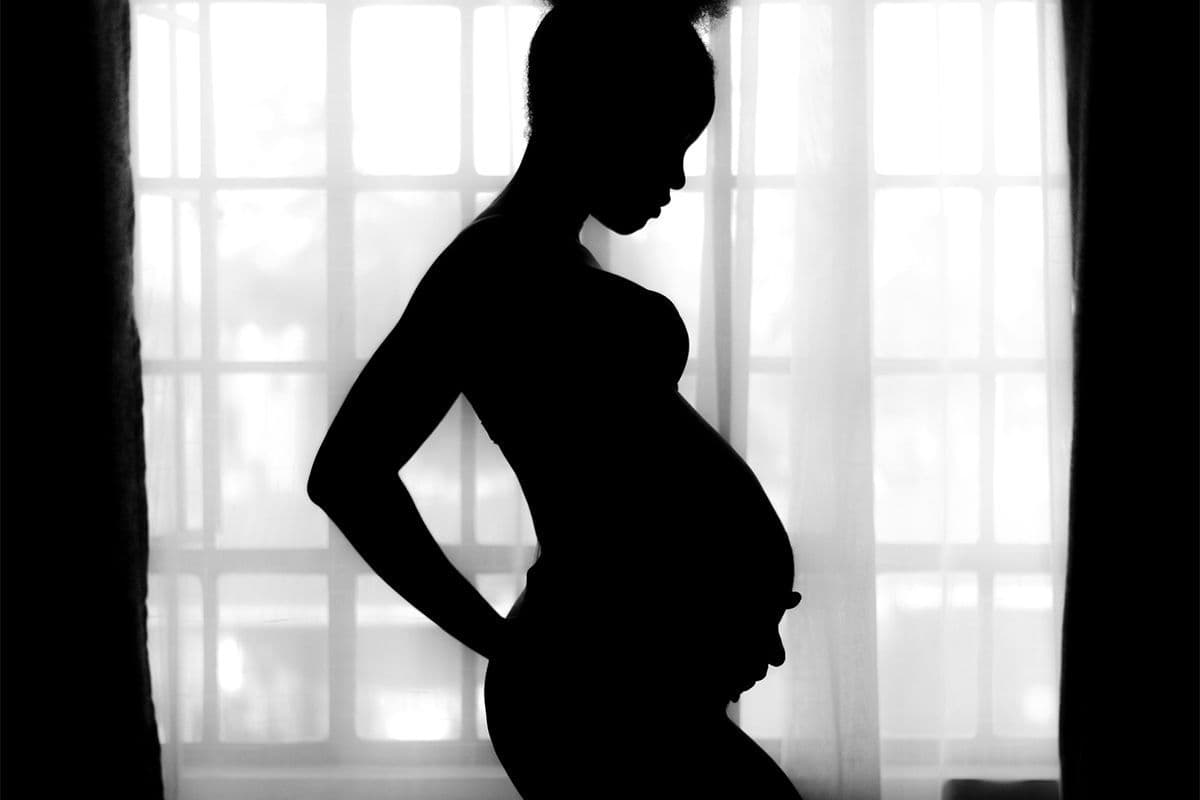Baby Eye Color Calculator
Pregnancy Tools
Obie Editorial Team

Predict your baby's eye color instantly by simply selecting mom's and dad's eye colors, and get your customized baby eye color chart.
Baby Eye Color Calculator
Understand the shifts. Manage your symptoms. Know what’s coming. DOWNLOAD THE OBIE APP.
With Obie’s AI-powered insights, you’re in control — tracking what matters, making sense of your symptoms, and managing each stage of pregnancy with confidence.

Download Our App
What determines a baby's eye color?
In general, children inherit their eye color from their parents, a combination of the eye colors of Mom and Dad. A baby's eye color is determined by the parents' eye color and whether the parents' genes are dominant genes or recessive genes.
Blue-eyed vs. brown-eyed
While it's unusual, it is possible for blue-eyed parents to have a brown-eyed child. Brown and maybe green are considered dominant, but even two browns can make a blue-eyed baby because there are no full 100 percent definite rules, so you can only go by a percent.
If both of you have brown eyes, then there is generally a 25% chance that the baby will have blue eyes if both of you carry the recessive blue-eye gene. But if only one of you has a recessive blue-eye gene, and the other has two brown, dominant genes, then there is a less than 1% chance of the baby having blue eyes.
Each person carries two copies of every gene, one copy inherited from mom and one inherited from dad. Homozygous means that the two copies match (for example, maybe both copies are for brown eyes). If someone is heterozygous, it means that the two copies of the gene differ (for example, one for brown and one for non-brown). It's usually impossible to determine by looking at a person's eye color whether she is heterozygous or homozygous.
How do the genes work together?
Keep in mind that inheritance of eye color isn't exactly simple because it is polygenic, meaning that the trait is influenced not by one gene, but by multiple genes working together. Even if only the most obvious gene is considered — the one with the most control over brown vs. all other eye colors, there are still a few things to consider.
— the parents' eye colors
— whether the parents are homozygous or heterozygous for that color
— if the eye colors of the parents are dominant or recessive
What is gene dominance?
A dominance of one copy of the gene over the other means that the dominant copy has an effect you can see, in this case, you can see that the person has brown eyes. Brown (and sometimes green) is considered dominant. So a brown-eyed person may carry both a brown version and a non-brown version of the gene, and either copy may be passed to his children.
Two brown-eyed parents (if both are heterozygous) can have a blue-eyed baby. By these rules, it would seem that two blue-eyed parents cannot have a brown-eyed baby because blue-eyed people are homozygous. However, since eye color is polygenic, several other genes exert their effects as well. So yes, while it's unusual, it is very possible for blue-eyed parents to have a brown-eyed child!









